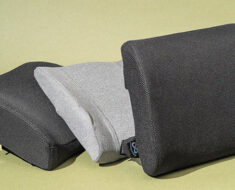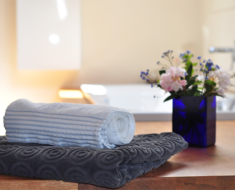
The Romans called satchels Loculus, which means small place, and used them to store personal possessions and food while traveling. In the 1950s and 1960s, satchels were a must-have for British students. Mail carriers, messengers (thus the name), and couriers used messenger bags in the 1950s; they became stylish in the 1970s. Swatches always used leather, while messenger bags used canvas.
Both bags are utilized as cross-body bags and come in various materials. Satchels and messenger bags are renowned for their sophistication and style. They’ve been around long enough to be considered timeless. If you want to determine the difference between the two bags, keep reading. The following section compares a satchel with a messenger bag.
The distinction between a satchel and a messenger bag
1. History
According to representations on Trajan’s Column, Roman soldiers carried an early version of the satchel called the ‘loculus’ or little place. Although no loculus has been discovered, we think they were fashioned of a single goatskin and were used to transport meals and personal possessions.
Satchels have traditionally been connected with educational activities, their form being specially tailored for carrying books, which were once a considerably more valuable commodity than they are now.
Around 300AD, Scottish monks carried their handwritten bibles in satchels, and Shakespeare refers to ‘the whining youngster with his satchel, creeping reluctantly to school.’ Satchels were a mandatory school equipment for British kids in the 1950s and 1960s.
The messenger bag originated in America and was probably first used during the Pony Express era. The bag was initially intended for riding a horse but was subsequently adapted for use on a bicycle or motorbike.
They were used to transport vital papers and were thus equipped with secure closure mechanisms such as clasps, buckles, or, later, zippers. Initially used by messengers, couriers, and postal employees, the bags acquired appeal as a trendy bag for men in the 1970s.
2. Material
Satchels are constructed of leather that is thinner and softer than briefcase leather, allowing the satchel to conform to the body’s shape. Messenger bags are traditionally composed of a lightweight, waterproof material such as waxed canvas.
3. How they are worn
Satchels include a long shoulder strap that enables the user to carry the bag over one shoulder and let it hang on the hip or wear it diagonally across the body. British school satchels from the 1950s sometimes included two straps, allowing the satchel to be worn as a backpack.
Messenger bags include a cross-body strap intended to be worn against the lower back; they may be dragged to the side or front to access the contents. Messengers for cyclists hug the back and hang diagonally from shoulder to hip, allowing for maximum flexibility of movement.
They feature a shorter strap than a satchel, are often padded at the shoulder, and may have a stabilizing strap under the armpit to help hold the bag in place. Generally, messenger bags are broader than they are tall.
4. Image and Representation
While men and women use both bags, the Messenger has evolved into a more youthful alternative to the briefcase and is now used by men and women in corporate settings. Satchels have a somewhat more eccentric and nostalgic image, which is often emphasized in current designs via vibrantly colored leather.
It might be challenging to determine the difference between a satchel and a messenger bag since, in reality, a messenger bag is a form of a satchel. Satchels exist in various forms and sizes, are made of a range of fabrics, and have a variety of straps and handles. However, after reading the information above, I hope that you can now distinguish a satchel bag from a messenger bag.









































